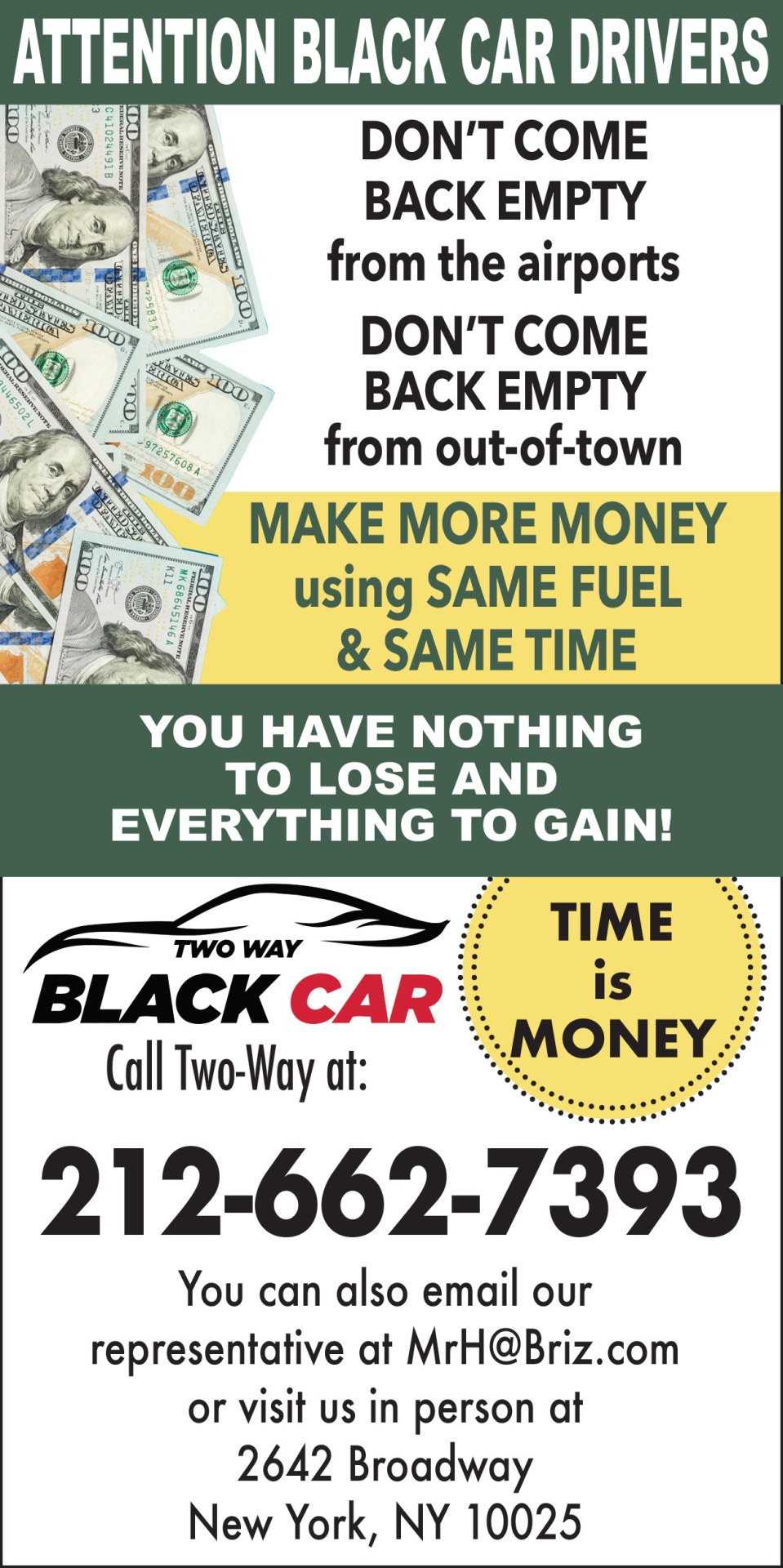New York City’s Green Rides Mandate – which seeks to requires all high-volume for-hire vehicle trips to use zero-emission vehicles (ZEVs) or wheelchair-accessible vehicles by 2030 – has profound implications for companies like Uber and Lyft. It is fraught with financial, operational, and logistical challenges.
While the mandate aims to “electrify without imposing new costs on drivers,” the reality is starkly different. App-hail drivers often bear the brunt of upfront EV costs, maintenance, and infrastructure gaps. Not only do many EVs cost more than comparable gas vehicles, many drivers are already locked into long-term leases for gas vehicles, with no easy exit to switch to EVs. With 80% of NYC drivers lacking home charging access, reliance on public stations is also a necessity. Fast-charging infrastructure is still sparse in the city, and many existing chargers are Tesla-specific or slow Level 2 units. The city’s goal to install 40,000 Level 2 and 6,000 fast chargers by 2030 is ambitious, but faces hurdles:
- Geographic Inequity: Manhattan dominates charger availability, while Queens and the Bronx lag behind.
- Cost and Complexity: Curbside L2 chargers are unreliable for high-mileage fleets, and private investments are still nascent.
- Policy Delays: The TLC’s delayed release of its FHV License Review report and legal challenges risk further delays.
Without swift progress, the 2030 deadline may be unrealistic, forcing the TLC to revise benchmarks.
Source: A Invest

